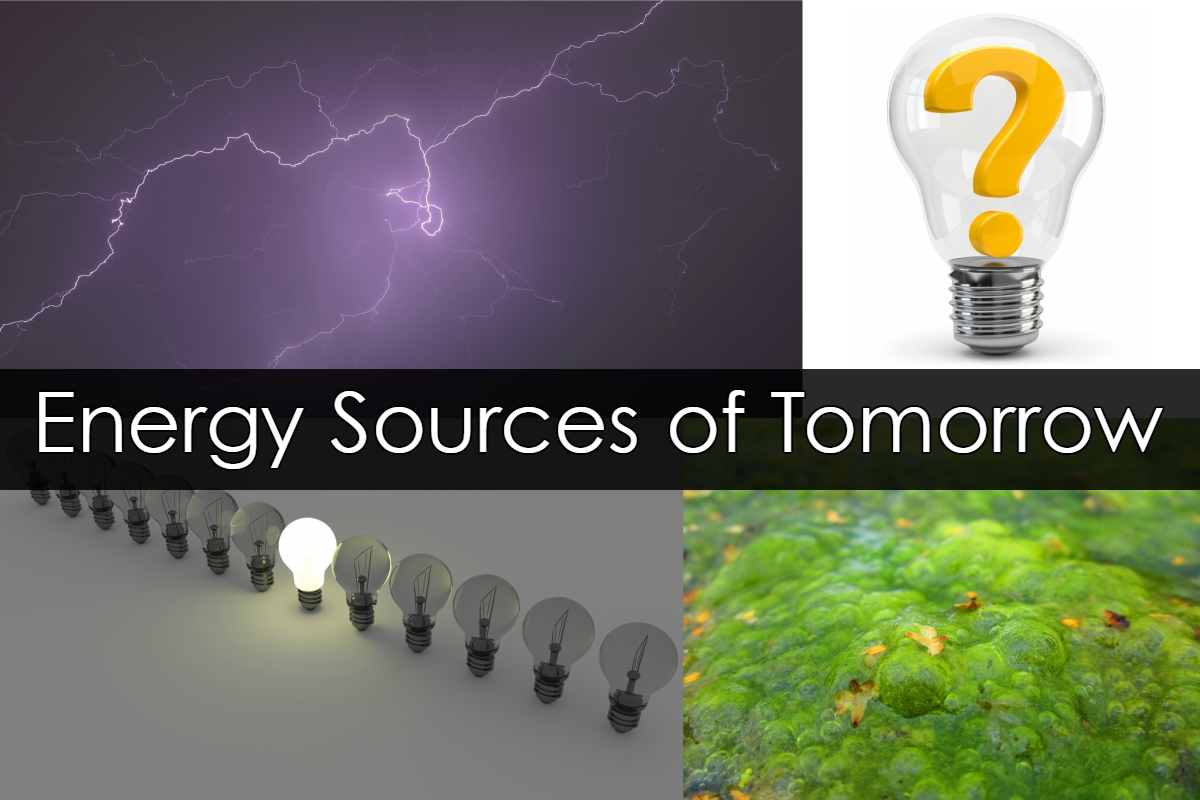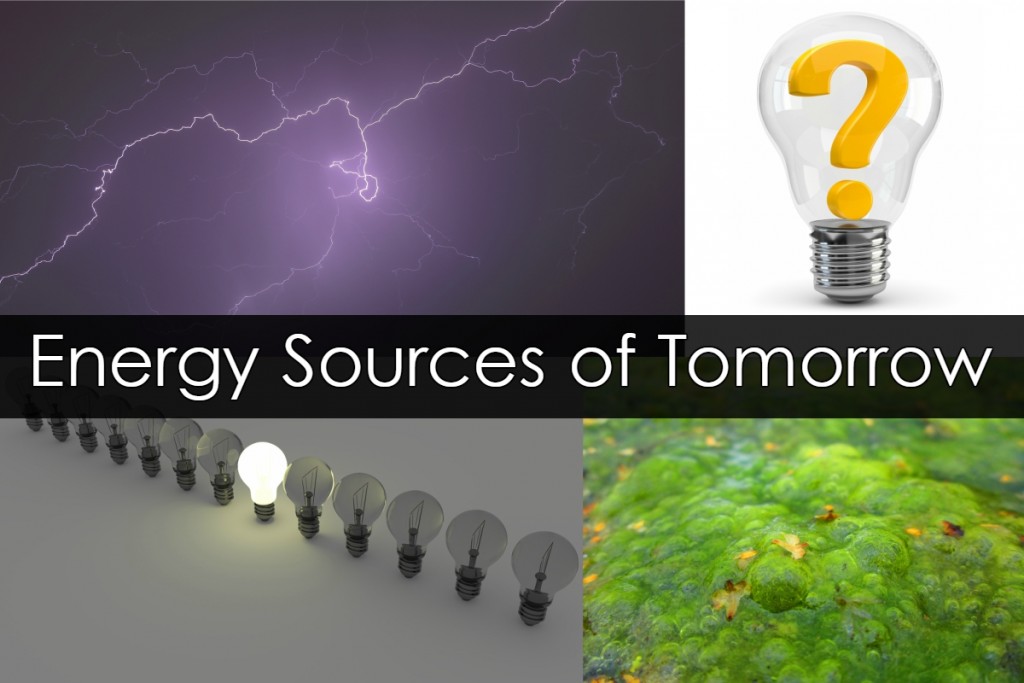Written by: Julia Paiva, SPECTRUM WRITER
Many countries are looking into cleaner, more sustainable methods of producing energy. Some of these technologies are closer than others in becoming a valid energy source that can rival current processes such as coal, but their very existence shows promise for future research in the physical and environmental sciences. The following are some innovative alternative sources of energy at various stages of research, progress, and feasibility.
Human Energy
Advantages: Sangtae Kim at the Massachusetts Institute of Technology has made strides in harnessing human kinetic energy to power wearable technology, such as smart watches. His current design is an energy harvester with a structure similar to that of a battery. The model consists of two electrodes separated by a liquid electrolyte, but unlike lithium batteries that experience reduced capacity under stress, MIT’s model uses this stress to their advantage. Bending and unbending Kim’s design (placing stress) while moving actually uses the lithium ions to temporarily upset an equilibrium, rejecting lithium from one electrode, only to be accepted by the other. Human movement then allows electrons travelling through the circuit to be captured as electricity, while unbending removes the stress on the power source, creating a reversal that allows another flow of electric current.
Current Progress: No one wants to wear a smartwatch that has you scrambling to find a charging outlet after a mere couple of hours. The challenge creators of this technology are currently faced with is increasing the energy output of their design so that it doesn’t have to be charged more frequently than the average smartwatch. Inconsistencies in human movements and activity levels are another variable that must be addressed when designing an effective model. The design at MIT shows the potential of human kinetics to create usable energy, but still needs further research to be viable for powering something as small as a smart watch, and is still far from being a major potential energy source in our world.
Nuclear Fusion Power
Advantages: Nuclear fusion, opposed to fission used in nuclear power plants, provides energy by fusing together deuterium and tritium, two isotopes of hydrogen. Nuclear fusion is the process that gives power to the Sun and powers hydrogen bombs. It has the potential to be a virtually limitless clean energy source. The ITER (International Thermonuclear Experimental Nuclear) currently being built in France is aiming to be the first fusion power station for commercial use. The project is a massive and expensive undertaking that would entrap isotopes of hydrogen in a vacuum vessel called a tokamak.
Current Progress: The ITER project began in 2007, and is projected for a 2027 completion date. A series of delays have pushed back the completion date and increased the cost of the project. Progress depends on its ongoing potential for success, as well as the continued monetary contributions of the countries involved. It is a collaboration between the European Union, China, India, Japan, South Korea, and the U.S.A.
Algae Power
Advantages: Algae have the capacity for higher productivity compared to other terrestrial crops to produce biofuels, with up to 9000 gallons of biofuel being created from just one acre. Producing large quantities of algae will not take up land meant for traditional agriculture. Since algae are efficient at removing nutrients from water, large quantities can even be grown in waste water, providing a way to recycle carbon from wastewater sources. Algae scale up from strains using fresh water would put pressure on an already competitive resource, so there is greater potential for the various algae strains that can be grown for commercial use in seawater, as well as agricultural and municipal waste water.
Current Progress: Alabama has used floating photobioreactors to create the world’s first algae biofuel system. Challenges standing in the way of the mass use of this energy source is nutrient demands required for commercial growth. Nutrients are the highest operational cost for production, specifically nitrogen, phosphorus, and carbon dioxide. Further research is required to see how sufficient sources of inorganic carbon like bicarbonate could be developed for commercial size autotrophic microalgae production.
Works Cited
Castelvecchi, D., & Tollefson, J. (2016). US urged to stay in fusion project . Nature,534(7605), 16. Retrieved February 22, 2017.
Desjardins, J. (2016, October 20). Infographic: The Alternative Energy Sources of the Future. Retrieved February 22, 2017, from http://www.visualcapitalist.com/alternative-energy-sources-future/
Hannon, M., Gimpel, J., Tran, M., Rasala, B., & Mayfield, S. (2010, September). Biofuels from algae: challenges and potential. Retrieved February 22, 2017, from https://www.ncbi.nlm.nih.gov/pmc/articles/PMC3152439/
Wang, U. (2016, February 04). The scientists harvesting energy from humans to power our wearables. Retrieved February 22, 2017, from https://www.theguardian.com/sustainable-business/2016/feb/04/harvesting-energy-humans-walking-charge-wearables-bending-mit
Hide

